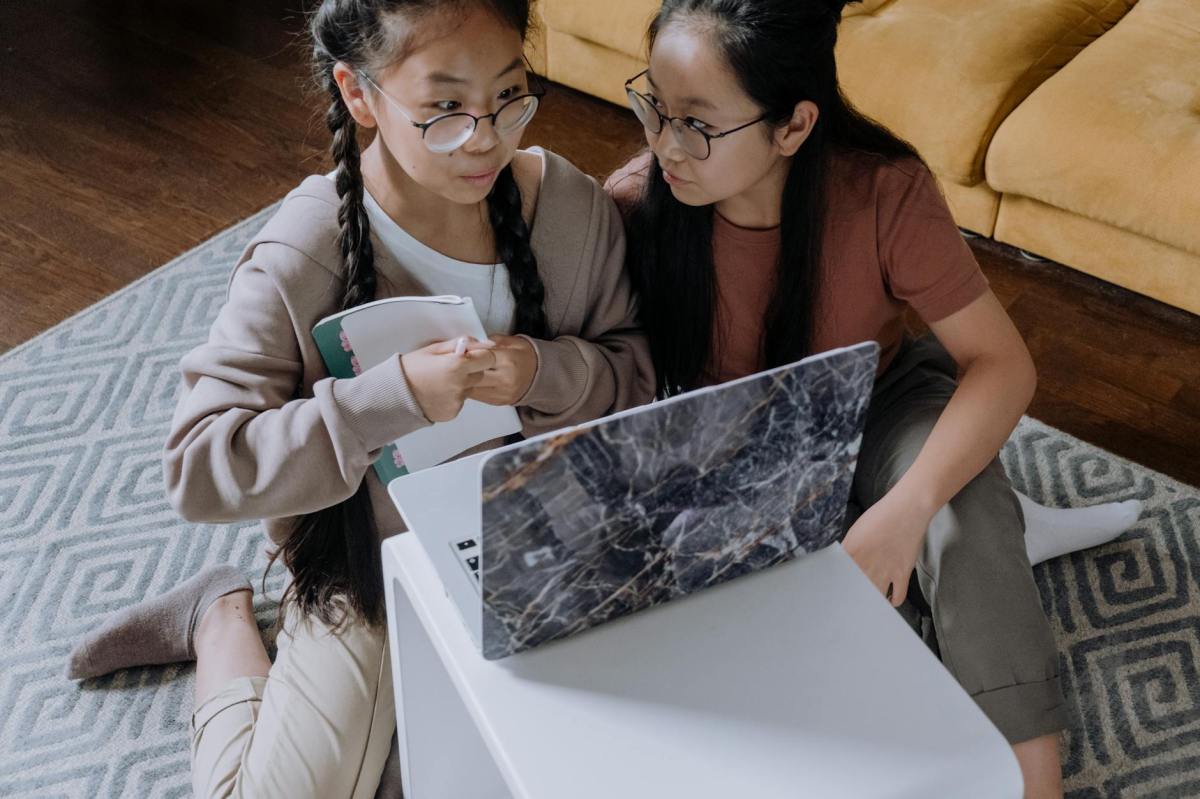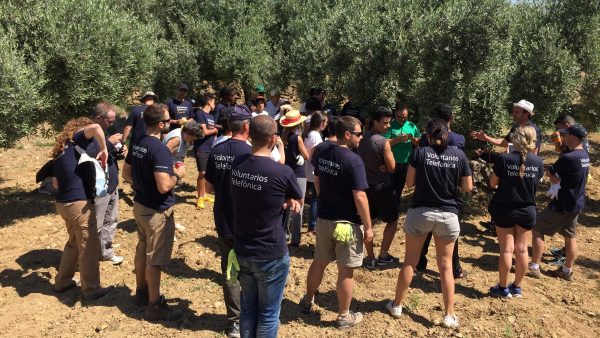25 April 2024 marks the International Day of Girls in ICT, a day that has been celebrated since 2011 and was created by the International Telecommunication Union (ITU), the United Nations (UN) specialised agency for telecommunications.
Origins of the International Girls in ICT Day
In 2010, the ITU approved that starting in 2011, the fourth Thursday of April should be celebrated as a day to advocate for bridging the gender digital divide and to encourage girls’ participation in science and technology careers.
Literally, and according to the resolution itself, the day was created to draw the attention of other UN bodies to “the need to promote and increase interest and opportunities for women and girls in ICT careers in primary, secondary and tertiary education”.
The same resolution, signed in the Mexican city of Guadalajara, invited “universities, research centres and all ICT-related institutions to organise an open day for girls”.
This is the origin of the International Day of Girls in ICTs, a day that this year is celebrated on 25 April.
Girls in ICT Day 2024: leadership
For the 2024 edition, ITU has focused the commemoration on the concept of leadership to “highlight the critical need for strong female role models in science, technology, engineering and mathematics (STEM) careers”.
According to the UN agency itself, despite the fact that women occupy 40 per cent of the world’s most skilled jobs, their level of participation in ICT-related fields remains low.
To stand a chance of thriving in the STEM field, girls and young women need to meet women in leadership positions, encouraging inspiration.
11 February: Women and Girls in Science Day
Another day with very similar claims is the recently celebrated International Day of Women and Girls in Science, an event established in December 2015 to raise awareness every 11 February about the “opportunity to promote full and equal access and participation in science for women and girls”.
This day, implemented by UNESCO and UN Women, was created to help alleviate the fact that only a third of the world’s researchers are women, and a similar percentage, 35%, are women studying STEM subjects.
Specifically, and with similar figures, only 28% of engineering graduates are women, a percentage that rises to 40% when we talk about those who have obtained a degree in computer science and informatics, according to data from the United Nations itself.
Another representative fact about this gender gap in the scientific field is that, in fields such as Artificial Intelligence, only one in five professionals (22%, to be exact) are women.
Telefónica: STEAM Women and Hacker Women
Telefónica has different initiatives to support the scientific-technological work of women.
#GirlsLoveTech
#GirlsLoveTech seeks to transmit Telefónica’s passion for innovation and technology to the younger generations, an initiative that brings together experts who volunteer their time to develop activities with girls.
An initiative that makes female talent visible and connects it with the new existing professions, with the aim that the youngest girls find real role models to inspire them and help guide them, a programme that facilitates direct access to Telefónica mentors.
Lady Hacker
From Telefónica Tech, Lady Hacker seeks to make the role of women in the technological field more visible by raising awareness among girls about the potential of pursuing STEM careers, something for which it is essential, as we have already mentioned, to have references close to them.
ValPat Steam: science outreach to inspire girls
And if we are talking about female role models as an inspiration to encourage more girls to opt for scientific-technological careers, what better example than ValPat.
Valeria Corrales and Patricia Heredia, a teenage girl with a passion for science and a telecommunications engineer respectively, have been dedicated since 2017 to popularising science through a YouTube channel that has almost 56,000 subscribers.
They started with short videos of just ten seconds to gradually professionalise the channel until it became the recognisable example it is today.
Thus, we can conclude that ValPal is a benchmark for shaping the future of girls in technology and science, a further support to continue pushing towards reducing the gender gap.









